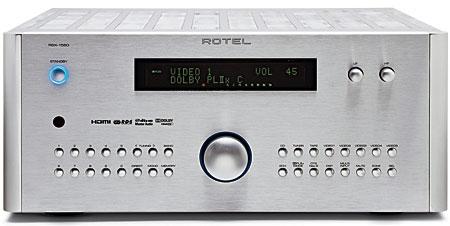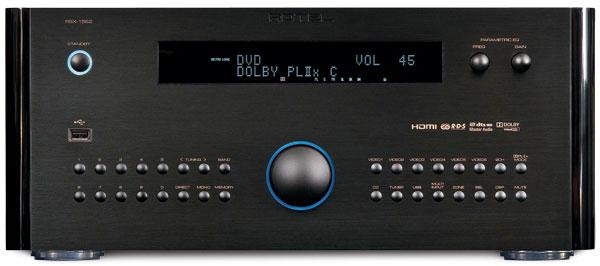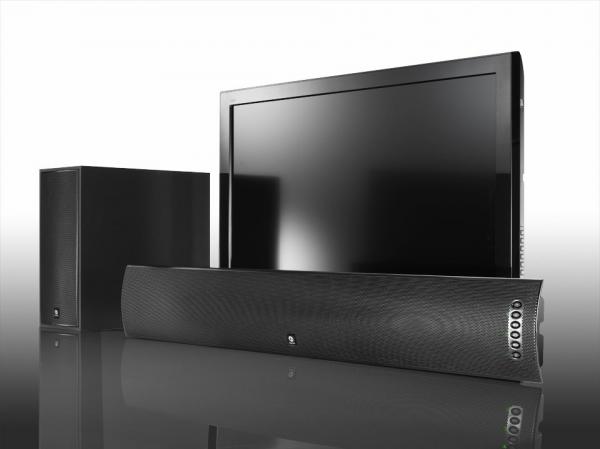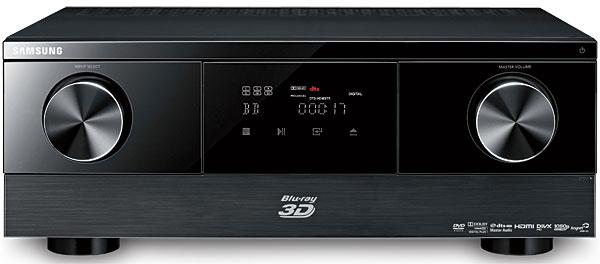AV Receiver Reviews
Sort By: Post DateTitle Publish Date
|
Nov 15, 2007 |
First Published: Oct 15, 2007
|
Sep 14, 2006
|
Sep 20, 2011
|
Oct 26, 2017
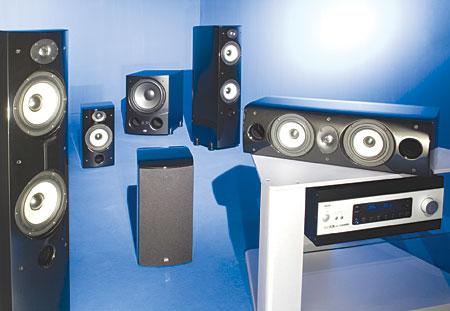

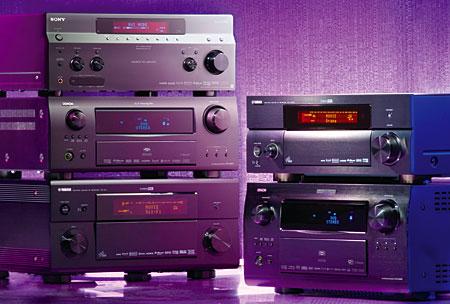
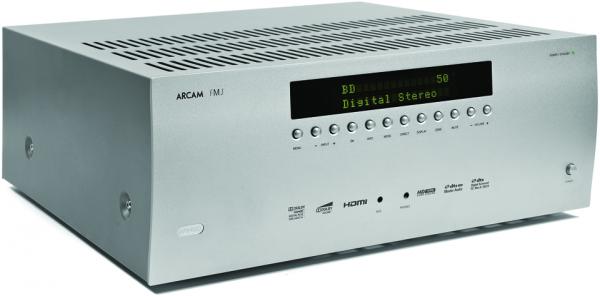
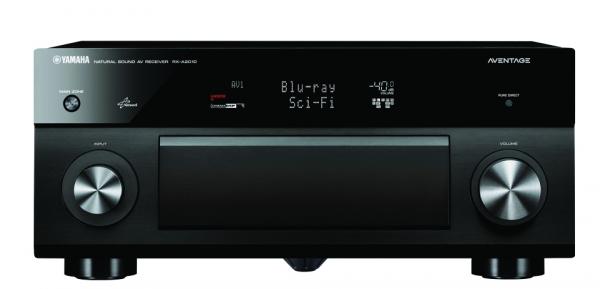
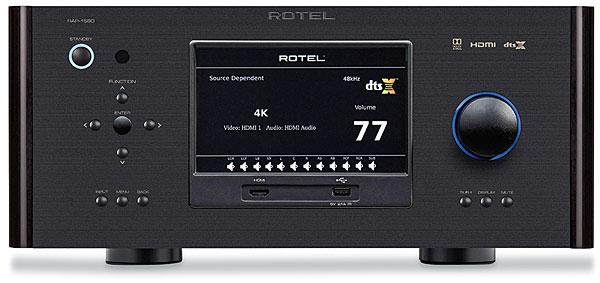

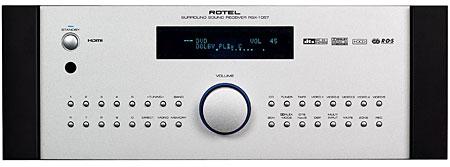

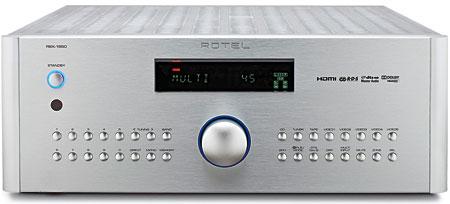
 Price: $1,999 At A Glance: Rotel enters the HDMI 1.3 age with two new receivers • Rated power at 75 watts times five • Snazzy aesthetics, minimalist user interface
Price: $1,999 At A Glance: Rotel enters the HDMI 1.3 age with two new receivers • Rated power at 75 watts times five • Snazzy aesthetics, minimalist user interface
